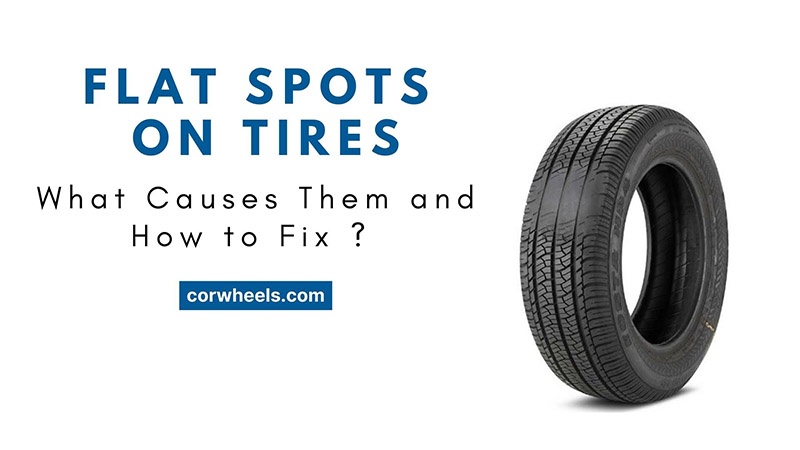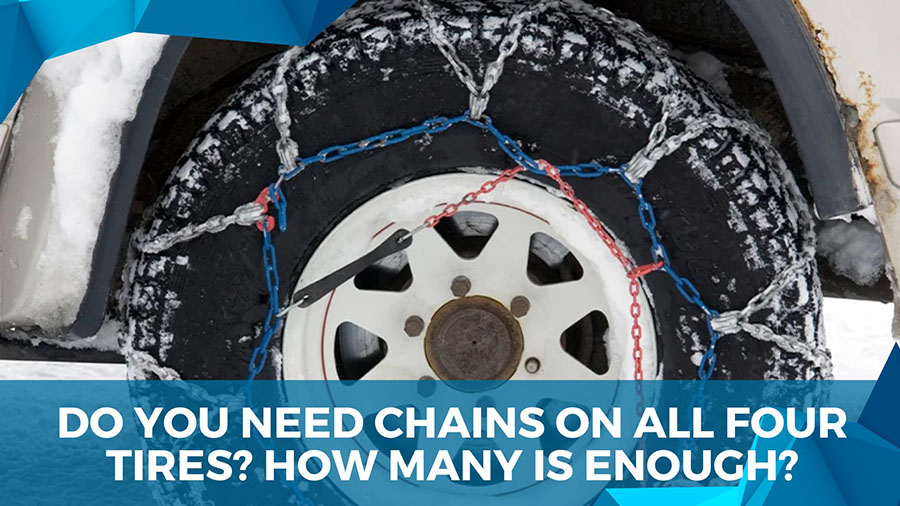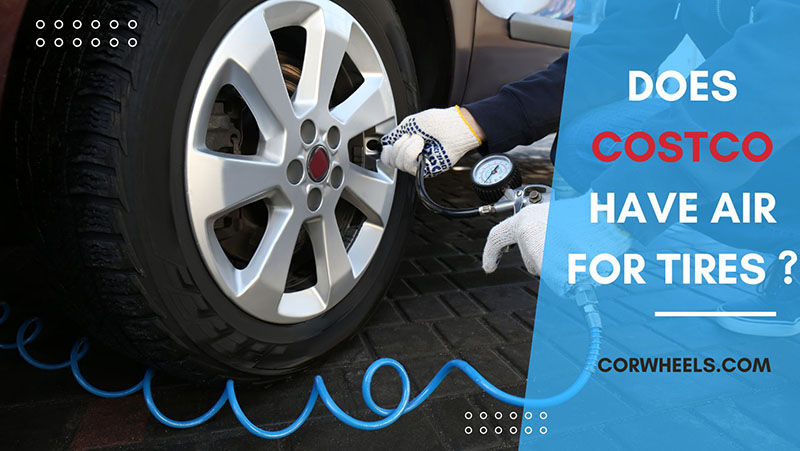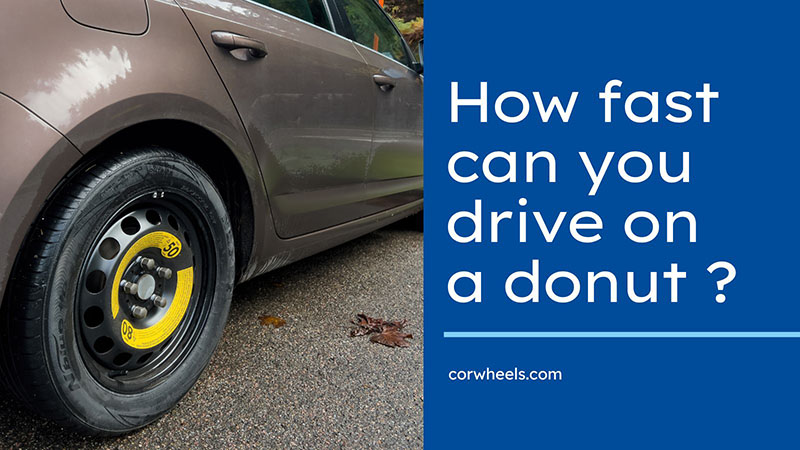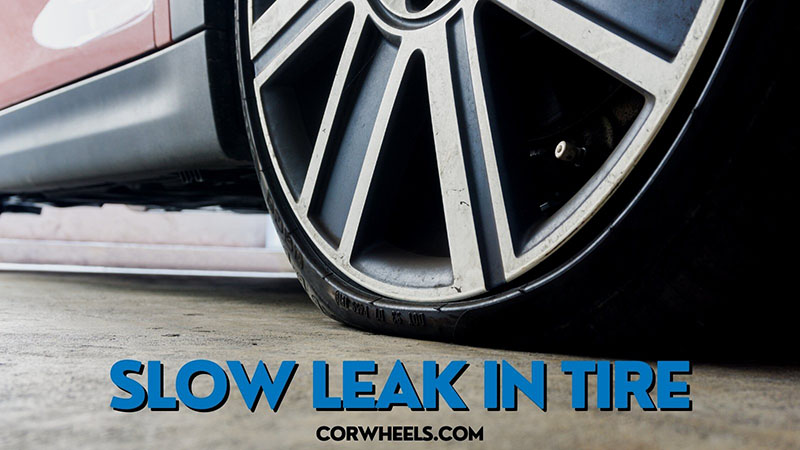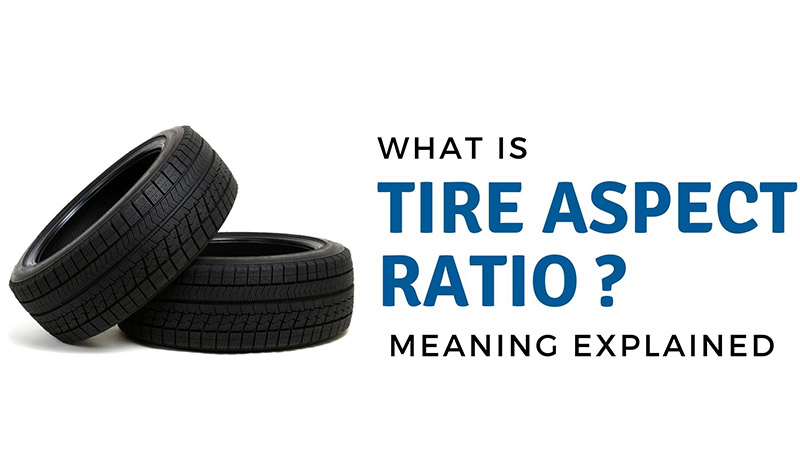Stable steering is among the most critical elements for road safety, which explains why drivers of all levels must pay attention to flat spot on tire causing vibration.
My Jeep has malfunctioned on a (thankfully) empty road due to untreated flat spots once, and the terror of crashing and tumbling on the scorching road surface is enough to scare me for a lifetime!
That’s why I wrote this article, aiming to help beginners stay away from such mistakes. Keep scrolling for more of my take on flat spotting tires.
In this article:
What Are Flat Spots on Tires? Types of Flat Spots
1. What Is It?
“Flat spot” refers to the worn tire tread section, resulting from the tires staying stationary for too long under heavy vehicle load. Though these spots are not always physically visible, they cause my Jeep unusual vibrations, thumps, and bumps while moving.
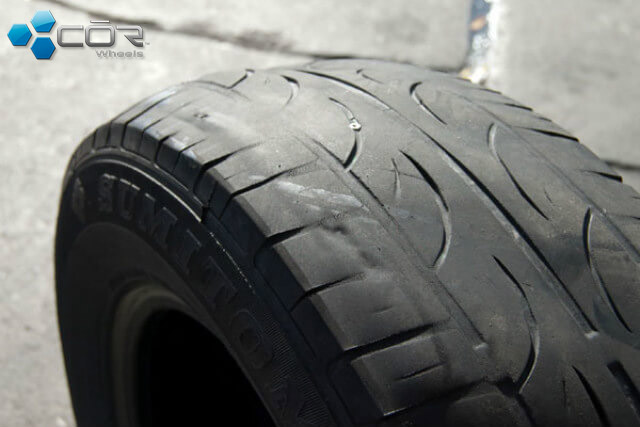
2. Types of Flat Spots
a. Temporary (Most common):
My Jeep has encountered numerous flat spot instances in the past ten years. Fortunately, they are temporary in most cases, often stemming from long-term parking (several days) in the garage or airport while I am on vacation.
As its operation resumes, slight vibrations often occur during the first hundreds of miles. But once the Jeep has regained its normal shape and reached optimal temperature, all the flatting spots will vanish in an instant.
b. Semi-permanent:
Do your flat tire spots persist even after a month or so has passed? Then I am afraid trouble is clearly at play, especially for drivers storing cars for months during winter or transporting them overseas.
The longer the car is parked in extreme weather and low tire pressure, the more severe these flat sports will get. Even prolonged, regular driving cannot give them any remedy.
What to do, then? Well, you don’t have to face these issues on your own; contact a tire specialist for more advice and solutions.
What Are Signs of Flat Spots on Tires?
From my experience, here are some of the most common symptoms of flat spots that any driver should keep an eye out for:
- Visible Flatting Spots: I admit that they are not always obvious, which is why I spend at least once per week pulling out the car to compare tread depths side by side. The flatting areas often look more recognizable under intense scrutiny.
- Vibrations: Slight or violent vibration sensations are another indicator I often spot on my Jeep whenever its tires have flatting issues.
- Thumping: Do you hear rhymic bumping noises on the road? If yes, that means bad news.
- Trouble with Steering Capabilities: I find it very challenging to control my steering wheel with flat-spot tires, especially at high speeds or upon engine start.
What Causes Flat Spots on Tires?
The most common reason behind flat spots – you guessed it – is the car’s extended parking periods. While my Jeep stood in the garage waiting for me to return from my vacation, some of its tire portions started spreading under excessive floor contact (where it touches the ground), gradually flattening out.
These noticeable symptoms only worsen in cold weather/cold temperatures, since frosty streets further stiffen the rubber and turn the flat spots even more rigid. Underinflated tires (with less-than-adequate air volume) or heavy loads should be considered a major reason behind disastrous flat-spotting, too.
How to Fix Flat Spots on Tires? What To Do
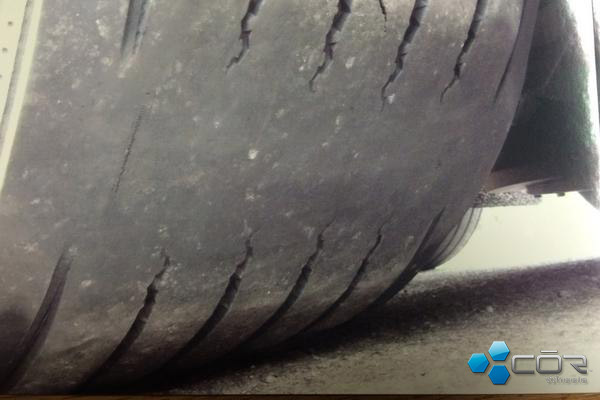
Will the flat spot on tires correct itself? Yes, most of the time.
As mentioned, common flat spots are only temporary and never last long. Driving my Jeep around the neighborhood for a few laps usually warms up the system and sets the flat-spotted tires straight in only 15 minutes or fewer. I barely need to rely on any other elaborate troubleshooting methods.
However, for semi-permanent spots that rear their ugly heads after weeks or months, regular driving simply won’t do. Your best bet is to turn to a dedicated tire shop or professional mechanic who has all the right tools and equipment to help you tackle the dilemma in an instant.
How to Prevent Flat Spots on Tires During Storage Periods?
These simple yet powerful tips have kept my Jeep up and running during both short and long-term storage:
- Ensure to check the air pressure often. Low-air tires cannot carry the car’s load as expected.
- Even during months-long storage, the last thing I recommend is to keep the car unused for too long. At least every two weeks, bring it out for a few driving laps to get the engine warmed up.
- Is your car exceptionally heavy? Consider jacking its chassis to lift off unnecessary pressure.
What Types of Tires Are Prone to Flat Spots?
Flat spots are mostly seen on high-performance tires (which my Jeep doesn’t have; I don’t know whether to consider it luck or not) for three reasons:
- The flexible design – aiming to tackle different terrains – makes them more prone to easy flattening.
- With wide footprints, they are pretty sensitive to temperature variations.
- As their short and stiff sidewalls rarely bulge under the extra weight, the bottom tire tread tends to flatten out as a result.
So make it a habit to check on them at least once per week. That way, you can address and handle the flatting issues on time before they become permanent.
Can Tire Rotation Prevent Tire Flat Spots?
Yes; regular rotation swaps the tire’s contact points, preventing both uneven tire wear and flatting issues. A double kill, indeed
That’s why I always bring my Jeep to rotation service every 5000 to 7000 miles.
FAQs
Is It Safe to Drive on A Tire With Flat Spots?
Most of the time, yes. In fact, driving around even helps round up the flat spots – a method I have mentioned above.
Do New Tires Get Flat Spots From Sitting?
Yes. Regardless of old or new tires, summer or winter months, parking your car for an extended time almost certainly leads to flat spots.
Conclusion
Flat spots are easy to fix and most certainly temporary, but that does not mean you should put off or ignore the issue. Tend to the tires as soon as possible to ensure a smooth ride, and write to me if you still need more advice.

